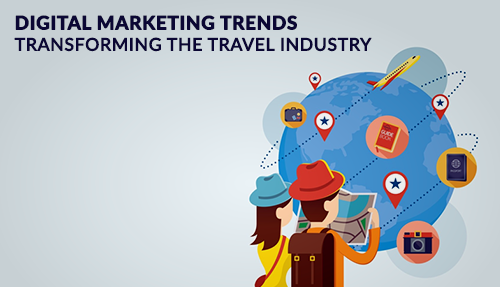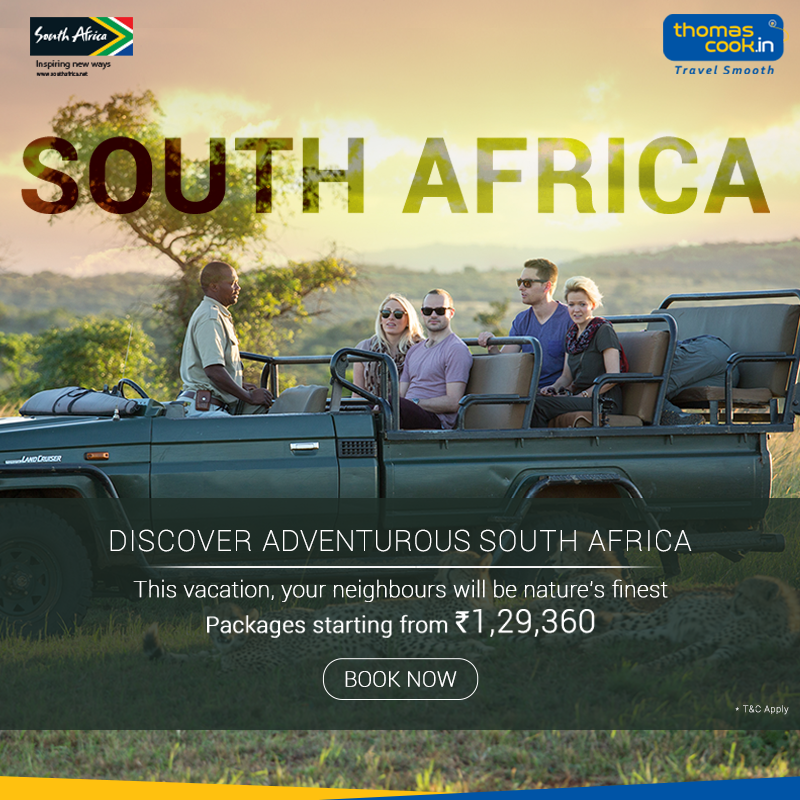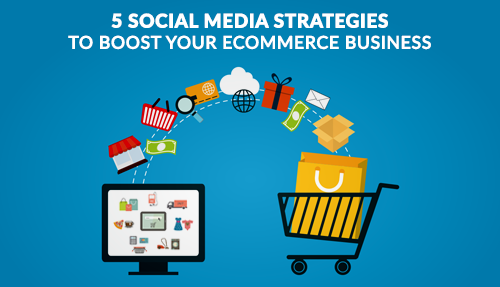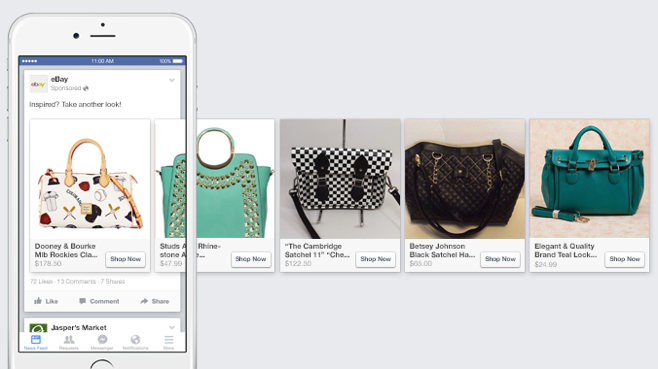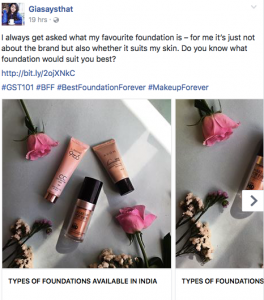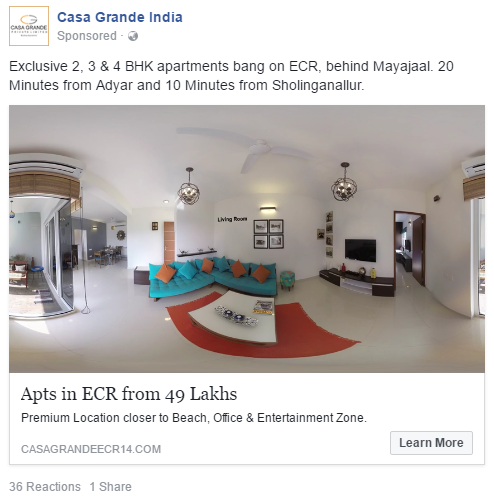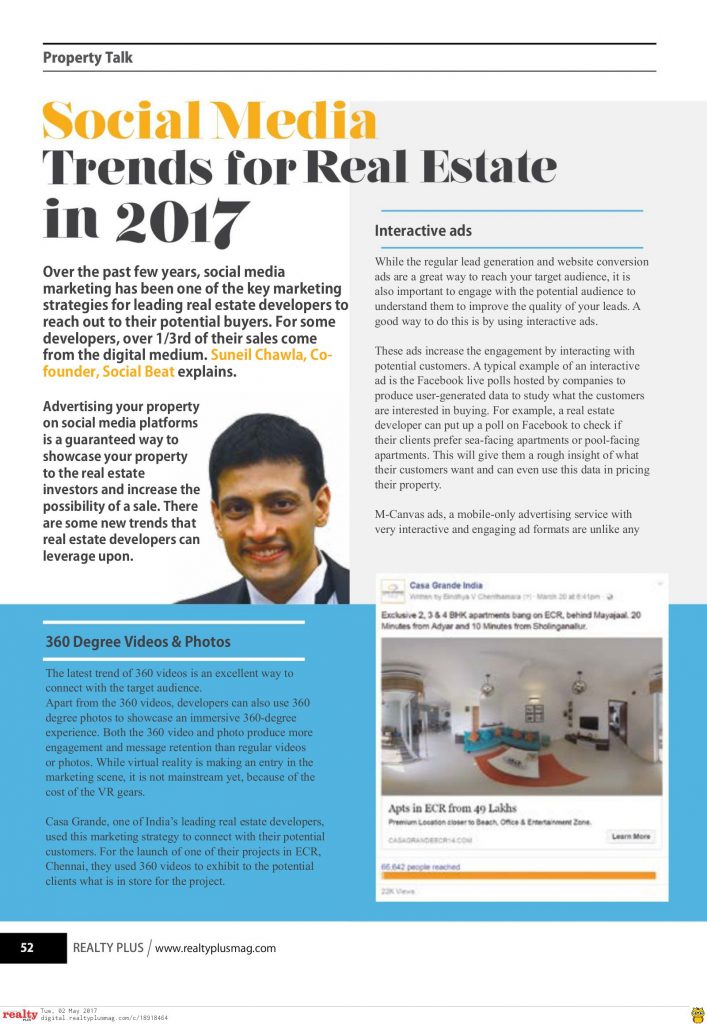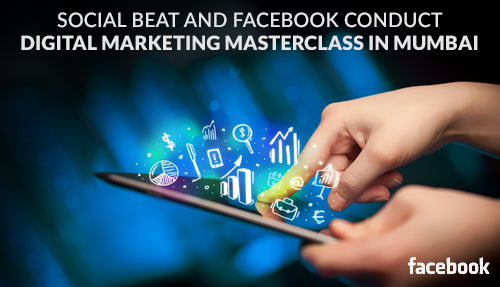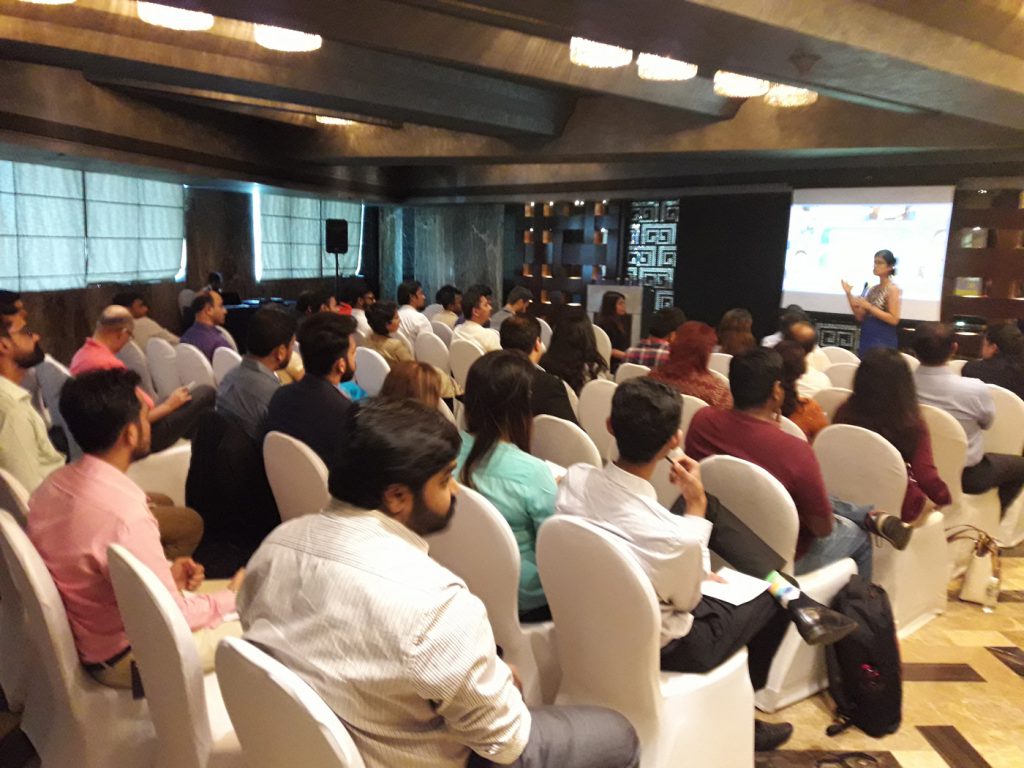Over the last decade, digitisation has transformed the travel industry quite dramatically. Gone are the days where travellers visit the counter to make a booking. To plan a travel is now a click away; right from the research for the trip to booking the tickets and hotel accommodation. Driven by digitisation, the travel sector, now an online sector, feels the constant need to build and foster relationships with its customers. This practice provides them with seamless experiences to retain customers and sustain themselves in this competitive marketplace. Since the travel industry is a highly competitive space, it is essential to keep up with the latest trends for greater success.
Here are five most trending digital marketing developments in transforming the travel industry.
Create Mobile Responsive Websites
In today’s fast-paced world, everyone prefers getting information on-the-go. From finding a cab to booking tickets, the internet has taken over our lives and has given us the convenience of getting things done right from our phones. This revolutionary trend has led to the increase of mobile first approach.
Travel companies, too, are making effective use of device-optimized solutions in fresh ways to draw more and more guests towards their travel services. They have observed how users find it a lot easier to Google search destinations or travel portals on their mobile phones or at most on iPads / tablets. They know mobile-responsive websites is the up and coming trend. If your travel company website is not mobile optimised, you are out of the radar and you are losing out on a large chunk of the audience.
A classic example is that of a Business traveller. Business travellers have traditionally made their travel decisions and hotel bookings online. Due to time constraints, they seem to be switching over to their cell phones to do these bookings. These travellers are constantly checking out new, attractive travel packages and affordable hotel stays. They then try their best to align them with business trips to convert their business trips into leisure (Bleisure). They are on the constant lookout for seamless experiences on their mobile phones.
Sterling Holidays one of India’s leading holiday experience companies have optimised their website to connect with their potential customers.
Social Media Marketing
Today’s digital times has seen the emergence of Facebook as a household name. Gone are the days when Facebook was just considered as a networking site to keep in touch with family and friends. It is now a highly effective marketing platform to showcase your product or service. It even has the power to influence users and inspire them to travel and explore new places.
Online research and studies have shown that travel companies that engage with online audiences on Social Media, tend to leverage their brand image more effectively. This leads to an increase in the number of followers, reviewers and influencers which, in turn, results in higher ROI. Travel companies are regularly making their presence felt on influential digital platforms such as Facebook, Instagram and Twitter through creative posts, carousel ads, canvas ads and Call to Action (CTA) ads, depending on the nature of the advertisement.
Let’s take a quick example of Thomas Cook. They run ads with strong CTA that not only reaches out to their target audience and promotes favourable brand identity but also boosts online sales to a great extent.
Your brand too can be a preferred choice for travellers, if you have adequately engaged audiences on your social media pages. Be active on your social media handles to create an engaging post, which inspires your followers to travel. Do not forget to use relevant hashtags to increase the visibility of your brand and make the post go viral in no time. Twitter users generally tend to create a positive buzz around travel brands by sharing good travel experiences. Most travellers today, post pictures while on vacation on Facebook, Instagram and Snapchat. You can simply repost them on your page to showcase your credibility to prospective targets.
Recommendations work wonders in influencing most people’s spending habits. It can bring in more leads than expensive promotional digital advertising as nearly everyone today wants to check the reliability of the travel services they are planning to purchase online. However, you need to ensure that your services are always up to the mark and are of top quality as a single negative comment can take your entire marketing strategy downhill. Online reputation management can make or break your brand so when such an unfortunate event occurs, the key to spring back up is to respond to the customer immediately and do the needful as quickly as possible. To know How You Can Efficiently Track And Respond To Feedback On Social Media, See Our Detailed Blog.
Personalisation with Big Data – Targeting and Retargeting
Retargeting is a foolproof strategy to generate quality leads for your business. In this technique, travel companies create a custom audience of travellers who have either visited their resorts or posted about their services online. From check-ins to reviews, all the users who have remotely been associated with the brand are clustered into a custom audience. Ads are then generated keeping this target audience in mind. Since these users are already familiar with your brand, converting them into long-term customers is easier than approaching first-time users.
It’s also quite interesting, how booking portals have begun to integrate social media profiles of passengers to offer personalised deals. They use pop-up questionnaires as a medium to ask customers their preferences. The customers too, don’t mind filling up a couple of questions if they were to receive customization in their bookings. Scanning through social media profiles of passengers, to seat them next to people of similar interests on flights, is the latest development. This analysis is usually done at the time of bookings itself. The right data helps travel companies in assessing their customer needs, based on interests, demographics, possible budget range, desired vacation destinations, etc. and ultimately creating a better travel experience for them.
Content is King
Content is the backbone of all the digital marketing efforts undertaken by a travel company. Just like how reviews and recommendations can bring amazing results in generating leads, securing a top rank for your travel website through SEO certainly helps your business grow further and increases your popularity among other holiday companies. Content plays a significant role in SEO efforts in the form of blogs, infographics, videos and imageries. It is important to create content which your target audience will find engaging. As far as travel companies are considered, relevant videos work as the best SEO strategy.
The videos used to market a travel company can feature panoramic views of the hotels (exteriors/room interiors), the amenities offered, local attractions and the things to remember before visiting places, to name a few. These low-cost videos can tell your brand story and can be as simple as white board clips, GIFs, simple animations or even a series of beautiful pictures. Sterling Holidays have attracted thousands of viewers through simple but innovative videos.
Content creation through imagery has also proven to be very effective for many digital marketers. Coloured visuals increase people’s willingness to buy. For instance, Instagram and Pinterest are all about visually appealing content through pictures, GIFs and videos. This resonates well with the travel industry. Akbar Travels is the perfect example of how to make your content stronger to attract more visitors to your travel website. Their Instagram page has a mix of beautifully captured images and GIF videos that are visually appealing. This inspires users to travel which in turn leads to a higher rate of conversion. 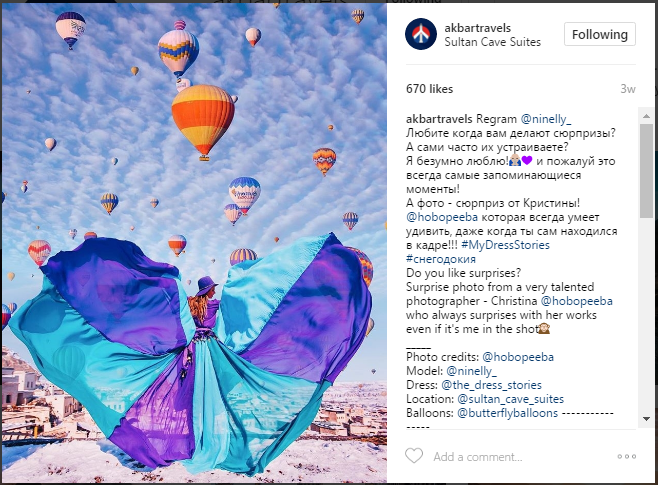
Few of the top travel-related searches performed on Google are as follows:
- Best holiday packages
- Best travel companies
- How to travel to a particular destination
- weather forecast for today
- Best outfits to suit today’s weather
- Directions to get to XYZ hotel
If your website, blogs, or videos address any of these concerns, you have nailed it. However, there is a catch here. Curating content is not a one-time effort. Google algorithms change time to time, which makes it crucial to keep your travel website as updated and as optimised as possible to maximise the relevance and generate higher revenues.
Influencer Marketing
Influencer marketing, as the name suggests, is marketing your brands through specialists whose opinions, reviews and testimonials draw the attention of the press and public. Travel influencers are specifically those, who are avid travellers either to a particular destination, specific resort or a type of destinations (mountains, beaches, holy, spiritual places). They also include profound travellers who have a huge fan following on Instagram or Twitter and those whose profiles reverberate with demographics of your target audience. They are paid for curating content for travel holiday packages. Their words are generally taken at face value as their content is constructed to strongly fit in, contextually. If you are looking at using influencer marketing, read our blog on tips for your first Influencer marketing campaign.
However, to ensure that influencers hired to write for your brand are making a mark, it is important that they know what your brand stands for, its aims and objectives and whether your brand reflects well with their style of writing. For instance, if you aim to lure readers into a strong call to actions (CTAs), it primarily will require you to look for an influencer who invites followers to experience the travel adventures for themselves. On the contrary, if you are only inclined towards promotions, you can explore a range of influencers to engage with your brand and post images with captions on your company’s social media handles.
For example, Sterling Holidays were on the look out for an influencer to promote their latest resort in Goa. We approached renowned travel blogger Anuradha Goyal and offered her a two day stay at the plush new resort. She wrote about her memorable time at the spectacular location in her blog and posted the same on all her social media handles.
Though these top five trends are few of the most effective digital trends a travel company can take up, there are a plethora of other strategies which can also be used for a guaranteed increase in ROI. With endless nuances coming up in the online environment, new additions are always welcomed to the existing lists at any given point in time. To illustrate this, let’s take an example of the newest trend that can overwhelm travellers before they make purchase decisions – Virtual Reality. This trend has begun to show its effects in technologically advanced parts of the world and will soon be replicated around the globe.

